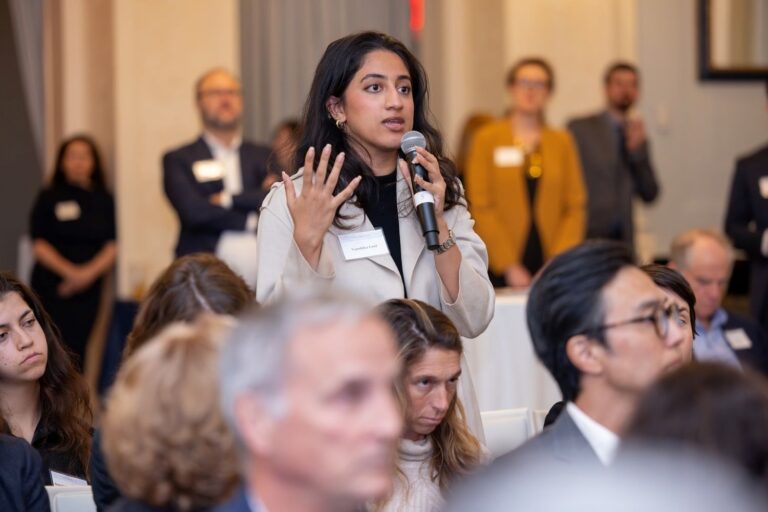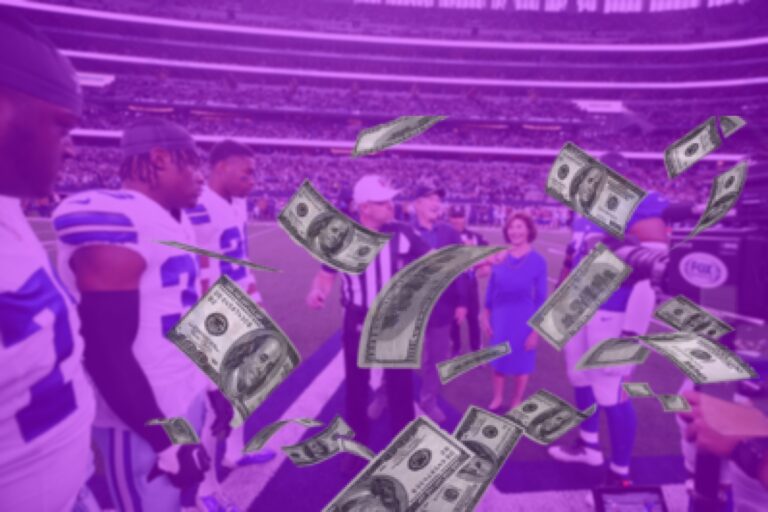Interest Rates Rising – Chicago Bears the Brunt
Markets presently believe that the Fed Funds rate will rise to 5.25% to 5.50% in 2023. There is a slight probability that rates will reach 6%, but this is far from certain.
Mortgage rates have risen, home sales have fallen, and credit cards and auto loans have become more expensive. However, savings rates are slightly higher.
As the Federal Reserve has rapidly raised interest rates, many analysts believe a recession is unavoidable in the coming months, bringing with it job losses that might exacerbate household hardships already worsened by inflation.
And one of the cities that bears the brunt is Chicago, the Community Development Finance Institutions in District 7 report is having trouble providing affordable loans to low- and moderate-income small businesses and homebuyers. To that end, the high cost of borrowing money is keeping the neighborhoods from flourishing.
Chicago Experiences Multi-Faceted Impact of High Interest Rates
Amusement parks and tourist attractions reported an increase in activity, with contacts in those businesses stating that consumers in general are unlikely to cancel their leisure plans, instead cutting back on non-essential spending elsewhere if necessary.
Some shop contacts reported having an excess of inventory, particularly those offering apparel, beauty products, and sports and outdoor gear. Cash transactions in residential real estate were becoming more common as high lending rates decreased the number of buyers, according to one source in Iowa.
That is what Chicago is experiencing as a result of high interest rates; nevertheless, this is only the beginning.
Massive Hit – Huge Burden Step on Local Companies
The year that began with the hope that the private-equity party would continue has seen the festivities wind down.
Years of low interest rates, combined with an abundance of cash from institutional investors, fueled a long boom in dealmaking by private-equity companies, including several large Chicago players. Then came the Federal Reserve’s war on inflation.
Firms are having difficulty finding banks and other lenders ready to finance mergers, particularly multibillion-dollar purchases preferred by firms such as Chicago’s Madison Dearborn Partners and GTCR.
The question now is how long the rate hikes will last, and whether they will reduce the appeal of private equity to university endowments, pension funds, and other institutional investors who provide the capital for dealmaking.
The high investment returns that drew investors to private equity are mainly reliant on cheap financing to finance buyouts. In a typical transaction, the acquired company borrows at a significant multiple of its yearly cash flow to fund a significant portion of the purchase price.
If everything goes as planned during the following five years, that company will expand and sell or go public at a greater price. In that case, returns on the portion of equity used to fund the initial investment frequently outperform ordinary stock market returns.
However, if things don’t go as planned, private-equity wins can swiftly turn sour. The current economic environment of slowed growth, rising interest rates, and restrictive financing is making buyout debt unsustainable for some private-equity-backed businesses.
Concerns about whether Weber, which was brought public by Byron Trott’s BDT Capital just over a year ago, would be able to restructure debt prompted BDT to lend the business $60 million and offer to take it private again at a significant loss for public shareholders.
The near-freeze on large leveraged loans, such as those in the Tenneco buyout, recently caused Thoma Bravo, a private-equity firm with offices in San Francisco and Chicago, to finance a $2.3 billion acquisition of software firm ForgeRock without debt, effectively doing the deal with its own cash, according to Bloomberg.
The reduction in deal activity in 2022 was dramatic. According to PitchBook data published by Solomon Partners, an investment bank specialized in private equity, deals for 34 Chicago-area firms with funds larger than $1 billion have decreased to 59 from 446 in 2021.
In 2021, there were 58 platform transactions worth almost $50 billion. The total cost of the 11 projects for 2022 is only $2.5 billion.

Madison Dearborn, which has $3.4 billion left to invest from a $5 billion fund raised in 2021, has made one platform deal from that fund this year, down from four last year. The firm confirmed those numbers but declined to comment further.
GTCR’s $7.9 billion fund raised in 2020 has $5.6 billion left to invest, according to PitchBook.
Observers anticipate that the largest and most experienced buyout firms will traverse the new landscape without having to repay investors.
Future returns, however, are less likely to exceed the 20%-plus target set in recent years, because firms will have to invest more stock into acquisitions, reducing the impact of leverage on returns. Lower returns, along with hefty fees charged by firms, may cause large money managers to invest less in private equity.
Private equity firms must also be concerned about the companies they already own. The majority of private-equity buyout financing has floating interest rates that shift upward in a rising interest-rate environment.
This reduces companies’ profit margins, potentially prompting them to lay off employees and implement other cost-cutting measures, as Weber has. If a widely feared recession occurs, private-equity returns may suffer if businesses are compelled to sell acquired companies at a cheaper price or wait longer to pay out.
Rent Hikes up – Make Homeland Chicago a Less Worth Place to Live
Chicago experienced lower home price appreciation than most cities in the U.S. in recent years, and the housing inventory has recovered more quickly than in other regions. Consumers and homebuilders are also less optimistic about the current state of the market, which could be attributed to skyrocketing construction costs and rising mortgage rates.
There was hope of relief in 2022 for prospective homebuyers. However, according to a survey estimating the outlook for homeowners in 2022, 26% of individuals were less inclined to buy a home the year due to rising interest rates.
According to Freddie Mac’s weekly Primary Mortgage Market Survey, the average interest rate has risen by more than half a percentage point since March 10, 2022. On March 17, 2022, the average rose above 4% for the first time since 2019.
The end result, based on local and national realtors: People with a strong motivation to move (relocating, schools, growing or shrinking family, change in marital status) are going to do so regardless of interest rates, but some buyers are moving faster to buy, having learned how quickly rates can increase.
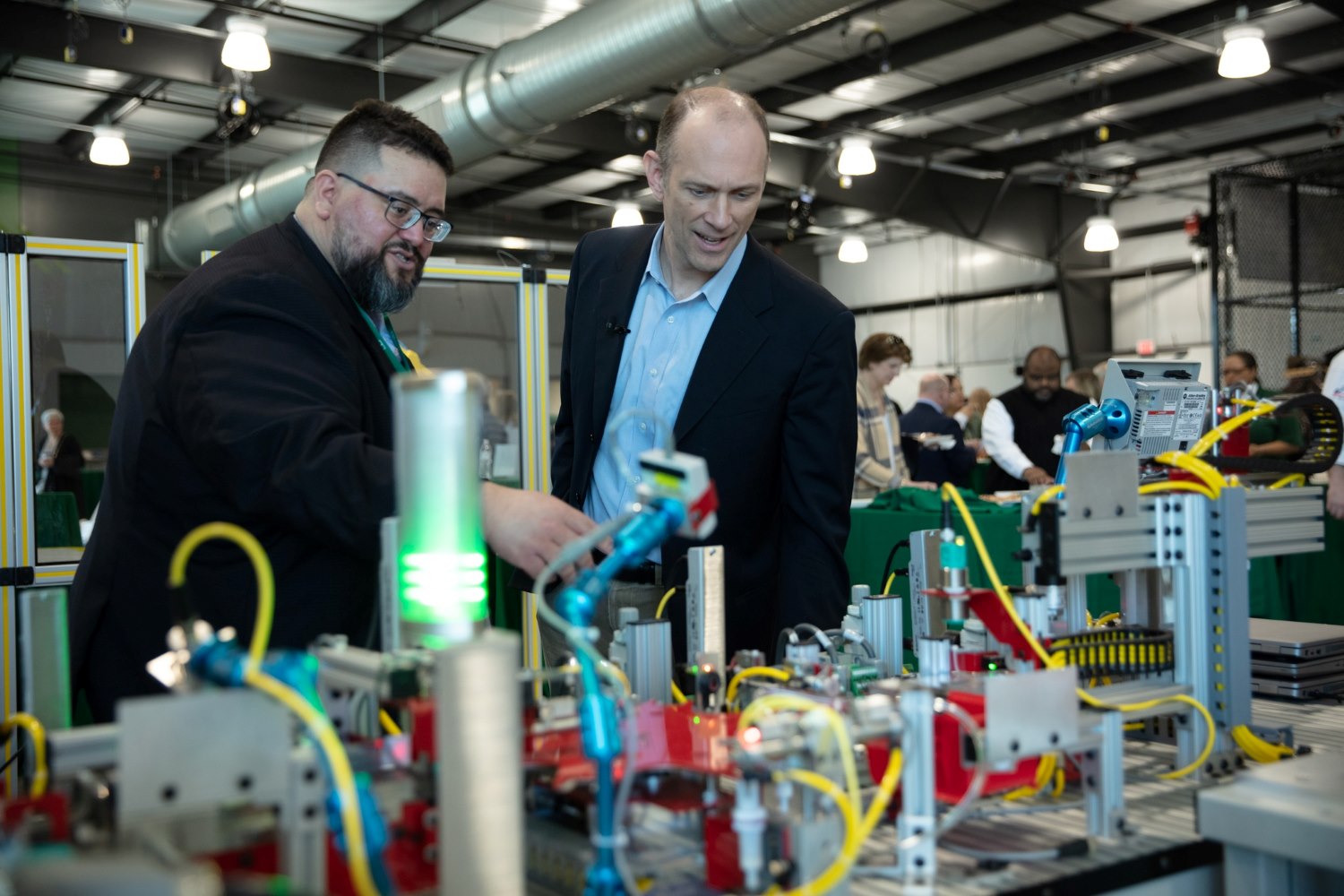
Others delay purchases or revising their expectations about their home search and what they can really afford. Some people prefer to stay put if the move is more of a desire than a necessity.
“We have increased the conversations around interest rates, but there’s still such a shortage of inventory and demand is still so high that it seems to be conversation No. 3, 4 or 5,” said Lauren Walz, the Western Springs and La Grange realtor for the Dawn McKenna Group.
She added, “There have been more adjustments to budgets and expectations because of the interest rate hikes than actual changes in the housing market. A little bit of a hike has created some conversation, but if you look over the past 20 to 30 years, they’re still historically low.”
“Interest rates in the early ‘80s were upward of 18% and people still moved,” Amy Kite, broker and owner of the Kite real estate team, said. “Five percent isn’t really high, but the reality is the interest rates have been so low people now think 5% is high.”
According to Kite, the increase in interest rates since December implies purchasers can’t spend as much on a new home. For example, buyers who were qualified to buy a $600,000 home in December are now qualified to buy in the $450,000 area.
Home prices have been through ups and downs over the last three years, thanks mainly to the effects of the pandemic. When it initially hit in 2020, housing prices and rents fell along with the economy’s overall performance. However, as the pandemic entered its second year, 2021, American housing markets experienced a surge in activity.
Now, following several consecutive rate hikes by the Fed, American housing market activity has cooled off a bit as affordability has grown into an issue for many homebuyers.
As America’s third largest city, Chicago has a lot of housing units, yet despite a 4.4% year-over-year decrease in average rent from November 2019 to November 2020, rents in the Windy City have been on the rise ever since.
The estimated average rent in Chicago, according to Zillow statistics, is $1,925 as of November 2022.
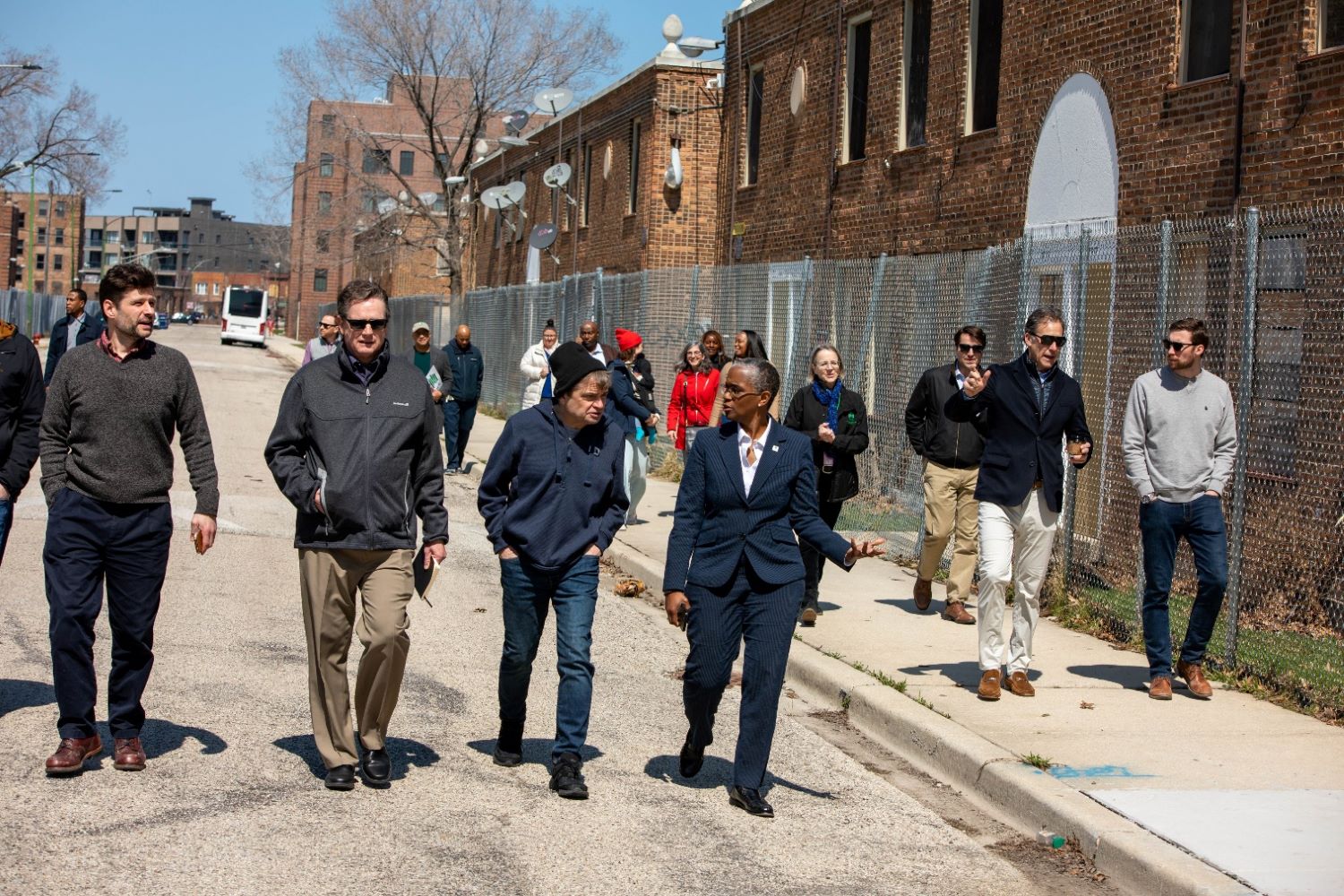
While that figure is certainly lower than the average rent in America’s largest city, New York City, which has an average rent of $3,353 for the same month, as well as the nation’s second largest city, Los Angeles, which has an average rent of $2,915, Chicago’s average rent is comparatively expensive for the Midwest region of the United States.
Realtors like Walz and Gehrken argue that regardless of interest rates, this is a fantastic time to buy a property. When things grow chaotic around the world, buyers feel more at ease investing in real estate, according to Walz.
“There are a lot of different profiles of buyers competing for the same houses,” Walz said.
The company added, “A lot of people are lowering the budget and their expectations to be prepared with a much stronger offer. In a day gone by, some buyers were unwilling to pull the trigger until the house was perfect or the house was considered their dream home. Because inventory is so tight, now the mindset has shifted to the home is good enough for now. And this is what I need to buy to own a home in this market.”
Good News for Savers, Bad News For Borrowers and Small Businesses
Borrowers face a mixed bag as interest rates change. The typical sale price of an existing property declined 12.3% between June and February 2023 due to increased mortgage interest rates dampening demand.
Falling rates would almost certainly have the opposite effect, luring more buyers into the market and driving home prices back up. Prospective property buyers may want to consider purchasing quickly in order to lock in a cheap price, according to Mallouk. “Then, if the Fed reverses its course, there should be a secondary opportunity to refinance at lower rates,” he argues.
According to Freddie Mac data, the 30-year fixed-rate mortgage reached more above 7% in October 2022, reaching levels not seen in more than 20 years. According to Freddie Mac, the rate has decreased slightly below 7% but remains extremely high.
In comparison, the 30-year fixed mortgage rate was 3.22% at the beginning of 2022.
According to Rocket Mortgage, each percentage point increase in a mortgage rate can add thousands or tens of thousands of dollars in additional expenditures each year, depending on the price of the home.
As a result, any loan-required purchase, such as a home, automobile, or further education, could be impacted. Credit card rates are also very sensitive to actions by the Federal Reserve, so cardholders should expect significantly higher payments.
“Borrowers are negatively affected,” Christine Benz, the director of personal finance at Morningstar. “Higher rates mean higher interest payments on loans.”
However, the jump in interest rates comes with a silver lining: The elevated cost of loans should slash demand and cut home prices, Benz said.
“We haven’t seen it yet but there might be a chilling effect on home prices,” she said, citing a supply shortage that she believes could slacken over time.
As much as high interest rates hammer borrowers, they benefit savers.
“If you’re a saver right now, it’s pretty darn good,” Derek Horstmeyer, a finance professor at George Mason University’s School of Business, told ABC News.
Savings account returns have risen as the Federal Reserve has raised interest rates, because banks earn more money in a high-interest rate environment and pass some of that income on to depositors.
Meanwhile, a slew of high-yield savings accounts have developed as banks compete for customers by offering attractive returns.
The average annual yield on a savings account has more than doubled since April but remains at 0.52%, implying that the average customer gets a fraction of a percentage point of interest on his or her savings deposit each year, according to Bankrate data.
According to a Bankrate analysis, high-yield savings accounts can provide users with up to a 5% annual percentage yield.
Furthermore, the availability of high interest rates along with dropping inflation implies that savers can avoid rising consumer prices that previously ate away at savings, according to Cox of Harris Financial Group.
“It’s massively beneficial,” Cox said, noting his expectation that inflation will continue to fall. “It only gets better from here.”
In the scenario where everybody is trying to keep them safe at any cost, one thing all people are waiting to here is the official decision from Fed since it’s the one that has the ability to change interest rates in the United States.
The Fed Bullish Point of View Under the Storm
For more than a year, the Fed has raised interest rates in order to combat excessive inflation. It has accomplished this by increasing the federal-funds rate and other measures, which has pushed interest rates to levels not seen since the late 2000s, prior to the global financial crisis.
After the 2008 global financial crisis and the Great Recession, the United States (and many other nations) experienced a decade of low interest rates, but many investors are now questioning if that era has come to an end.
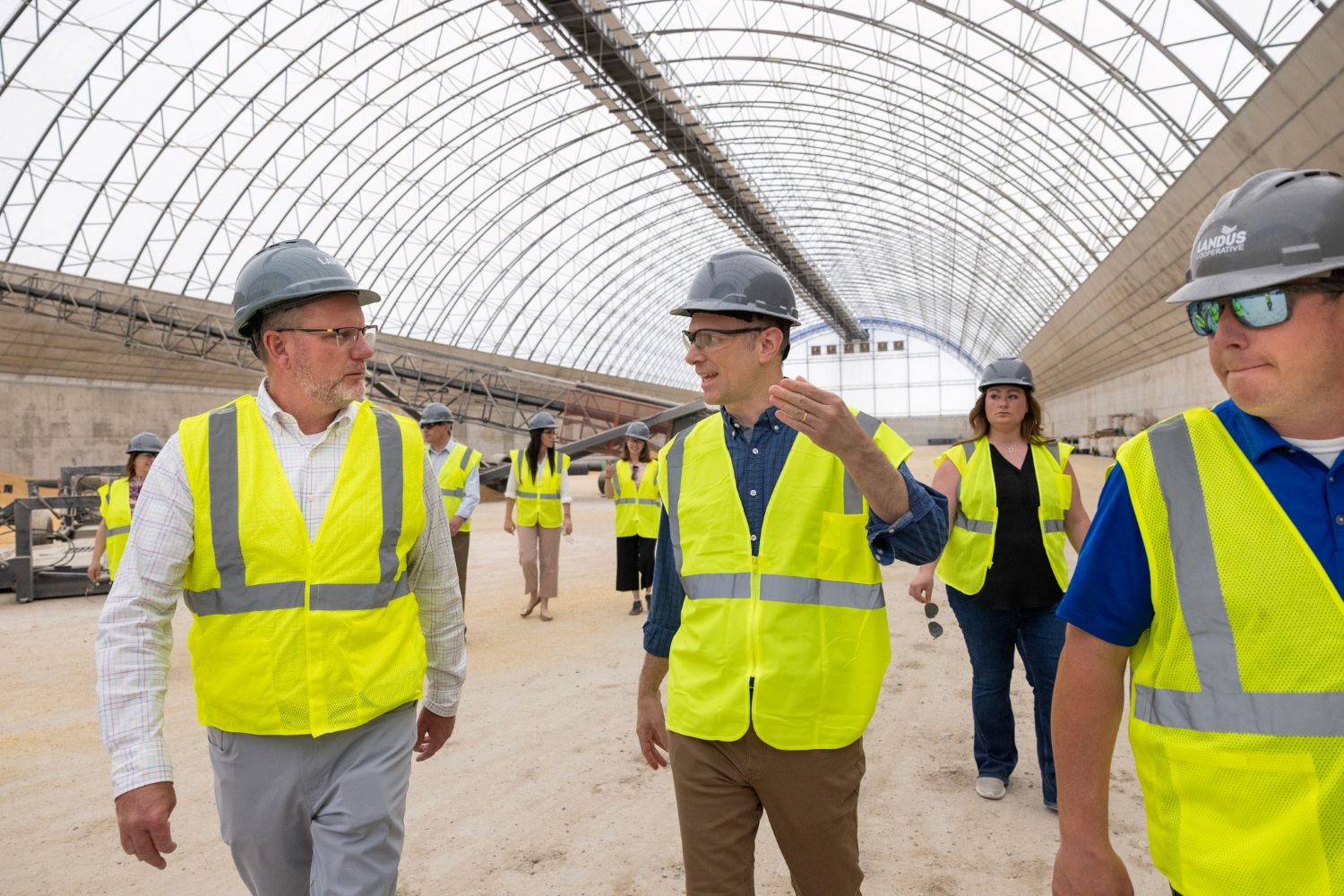
According to Ritholtz Wealth Management CIO Barry Ritholtz, if the Federal Reserve wants to get inflation back to its long-term target of 2%, it needs to decrease interest rates rather than raise them.
This viewpoint contradicts the views of many economists and the Fed, with Fed Chairman Jerome Powell expected to hike interest rates again at the FOMC meeting later this July 2023.
Despite the possibility of a recession, New York Fed President John Williams appears uninterested in the Federal Reserve conducting any interest rate action in the near term, stating in August 2023 that the central bank’s monetary policy is in a “good place.”
Williams told the New York Times that interest rates were high enough to put downward pressure on inflation, which the Fed refers to as “restrictive.”
“From my perspective, monetary policy is in a good place. We’ve got policy where we need to be,” Williams said.
Whether the Fed needs to push rates higher and how long it needs to keep its restrictive stance is going to depend on the data, Williams said.
“Because we have monetary policy that, in my opinion, is restrictive and definitely influencing the economy in the right direction,” he said, “I don’t feel we need to take immediate or specific action.”
Some economists believe the Fed will maintain policy stable in September before raising rates again in November. Many others, however, believe the Fed has reached the end of its rate-hiking cycle.
Traders in derivative markets believe the Fed will maintain its current policy following its next meeting on September 19-20. They estimate that there is a 30% possibility of another raise this year.
In the interview, Williams stated that the Fed is working to reduce inflation while keeping an eye on policy to ensure that it does not overly harm the economy.
He stated that the overall economic data is “moving in the right direction” at the time.
Tim Duy, chief US economist at SGH Macro Advisors, believes the data will be strong enough for the Fed to raise interest rates again this year, “but that case will take some time to develop.”
When asked about his criterion for cutting rates next year, Williams stated that if inflation falls as expected, the Fed will be forced to drop rates since holding them stable would be an unintentional tightening of policy.




